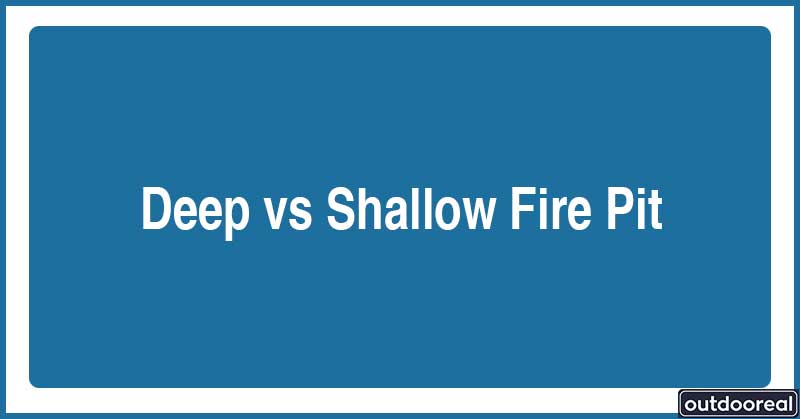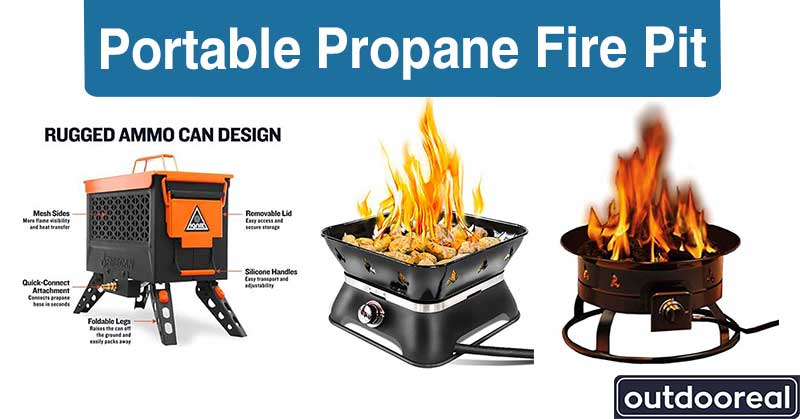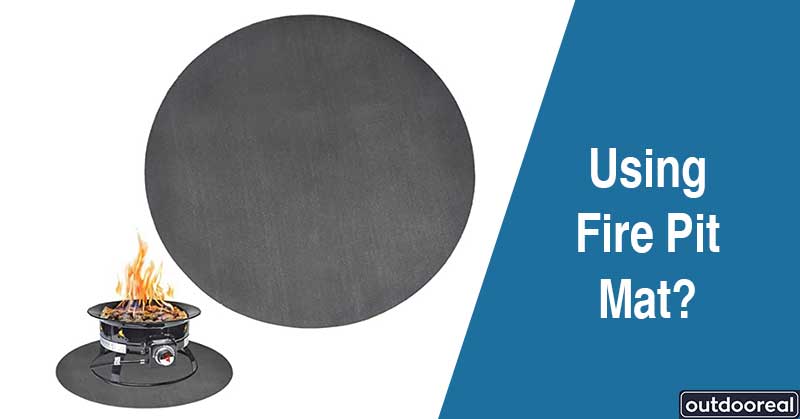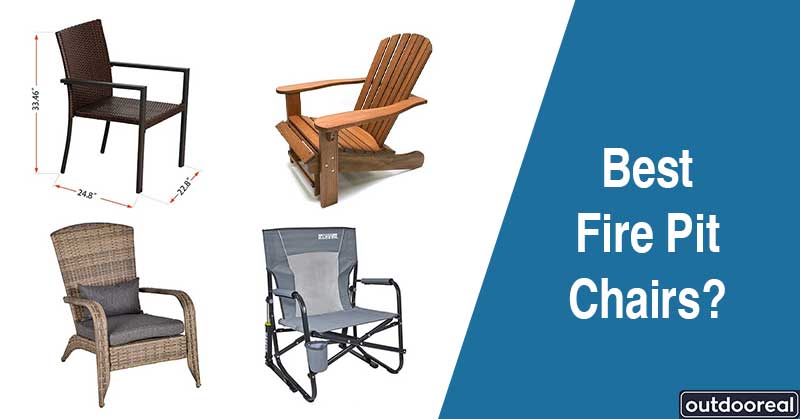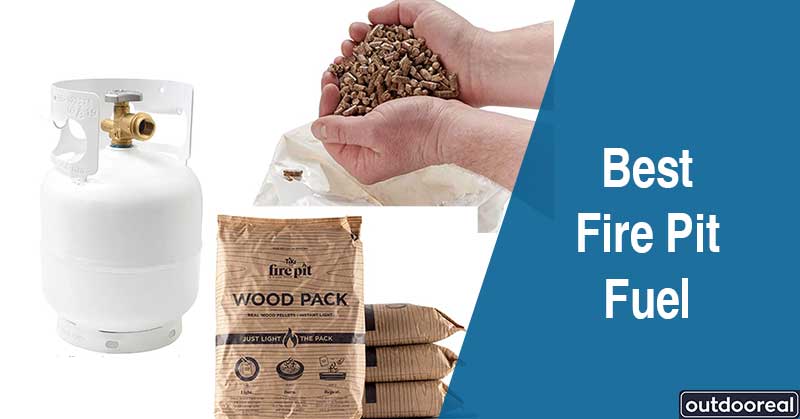YES, extreme heat can cause concrete blocks to explode. In addition, if water trapping remains in gaps or hollow regions, it can explode, and such explosions can be so powerful that you could be gravely injured or even killed if you are nearby.
During the pouring and spreading operation, little air bubbles become trapped inside the concrete, triggering an explosion. Any container containing trapped steam can build up enough pressure to explode. Moreover, if a fire is hot enough and lasts long enough, concrete that has been dry for a long time might burst in this manner, sending out sharp fragments that could cause severe injury or even death.
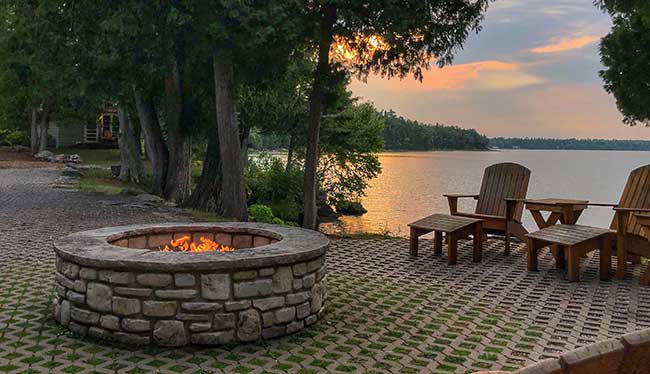
How Much Heat is Required to Make Concrete Explode?
According to the Swiss Federal Laboratories for Materials Science and Technology (EMPA), concrete will explode like popcorn at temperatures above 1112 ℉ or 600℃. Furthermore, in temperatures above 77°F or 25°C, the water used to hydrate and cure the cement will start evaporating, raising the concrete’s temperature.
How Much heat Does Fire Pit Generally Produce?
Different fire pits produce different levels of temperatures, and the material and fuel play a vital role in heat production. Here in this section, we will provide temperature production of other types of fire pits based on the material and fuel style.
[Recommended Article: Can you put your fire pit on paver?]
According to fuel types, fire pits can be of various kinds-
Wood-burning fire pit:
Of all the fire pits, this one gives off the most heat. In a fire pit that burns wood, the flames can get as hot as 1650°F or 900°C.
Propane fire pit:
It can get as hot as 800°F or 426.66°C in portable fire pits made of metal.
Natural gas fire pits:
Gas fire pits are sometimes used outside and sometimes inside. You may already know that the gas fire pit does not get very hot like the wood-burning fire pits. Its highest temperature is 760°F or 404°C.
Gel fuel fire pit:
This fire pit gives off the most negligible heat. Most of the time, it gives off about 450°F.
Types of fire pit | Temperature in ℉ | Temperature in ℃ |
800 | 426.66 | |
Natural Gas Fire pit | 760 | 404 |
Wood Fire pit | 1650 | 900 |
Gel Fuel Fire pit | 650 | 343 |
Depending on the type of Material, it is Stone or Metal
Fixed fire pits made of stone or brick:
People love using a fixed stone fire pit in their patio or backyard, as it also serves as the garden’s focal point and aesthetics. They are the most basic way to enjoy a warm fire. Often, a stone or brick fire pit that stands on its own can get hotter than a metal one. If you use wood, the flame can get up to 1650°F or 900°C.
Metal fire pit:
People like metal fire pits because they are easy to move and last a long time. If the fire pit is outside, it may use propane, natural gas, or wood. The most it can get is 800°F, which is 426.66°C.
[You may also like: Things you should not burn in a fire pit]
Can I Explode Concrete Wall With Large BTU Fire Pits?
According to the theory, BTU has no connection with the temperatures; however, if the BTU is higher and larger or around 2000000, it is possible to start cracking, and the accident of concrete explosion might happen.
British Thermal Unit is the complete form of BTU. The heat is required to raise the temperature of 1 lb. of water by 1°F at sea level. Depending on your needs, there is an optimum range of BTUs between 40,000 and 150,000. The heat output of 40,000 BTUs is ideal for most small patios and decks. You may think of a BTU as the energy required to raise the temperature of 1 kg of water by 1 degree Fahrenheit.
In contrast to the heat, temperature measures how high it rises. As a result, you will not find a straightforward method of going from BTU to F.
How to Protect Concrete Fire Pit from Exploding?
The main secret of protecting a fire pit from exploding is protecting it from the fire pit’s heat. Here are some advice and tips on how you can safely use your concrete fire pit and prevent explosion or damage;
Use a heat barrier to keep the heat out-
The easiest way to protect the concrete slab from damage and heat from the fire pit is to use a heat-protecting mat, pad, sand, etc., which will work as a heat barrier.
Fire pit mat or pad-
One way to protect your concrete patio from heat damage is with a fire protective mat. As the name suggests, these mats protect the concrete surface of your deck from stray embers or grease that could damage it.
Check the best fire pit mats on amazon here.
Set stones or paver rocks in place-
You could also use stones or rocks you already have at your house. You can make a level surface for the fire pit using gravel or pebbles. Again, it will work to soak up heat.
Sand or dust will do-
If you don’t have any other way to keep the fire pit from damaging the concrete, you can use a layer of sand. Between the fire pit and the paver, the sand works just fine.
Make a fireproof surface-
Use refractory cement or fire bricks to build a fireproof surface on top of your concrete. Remember that this is a fixed option; you can not create a fireproof surface daily.
Use a portable fire pit-
If o is concerned about other steps to work or not or afraid of installing a permanent feature, which might leave them with more repair work, you can simply use a portable fire pit to avoid the problems.
Final Verdict
If the concrete blocks in a fire pit grow too hot, they might create stem trapping and lead to explosions or cracking, so it is better to follow all the safety guidelines and temperature levels of your fire pit. The fire pit is the biggest source of happiness and relaxation with perfect cautious steps

